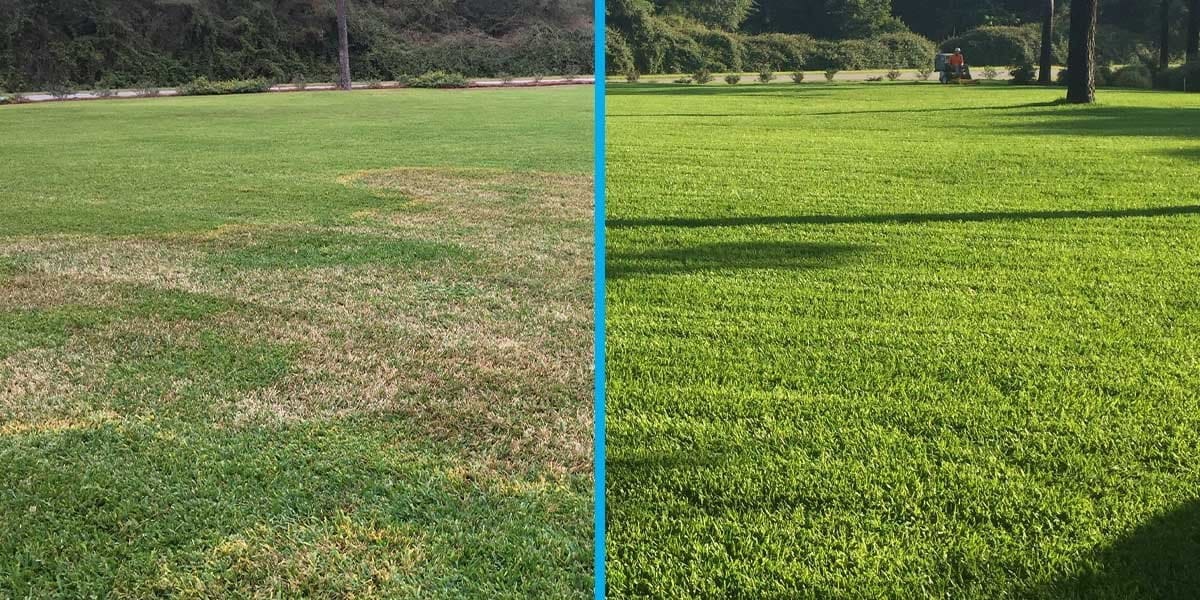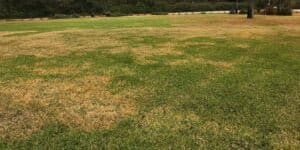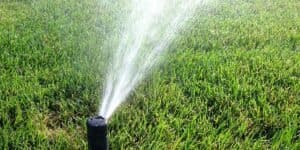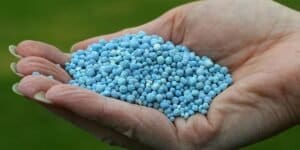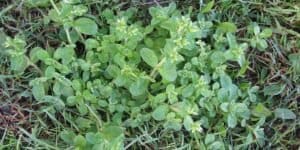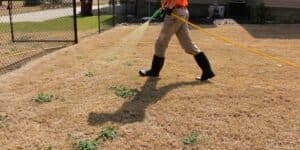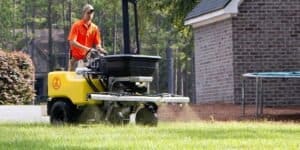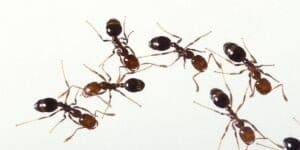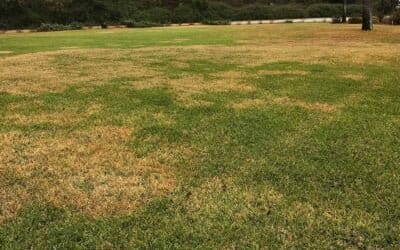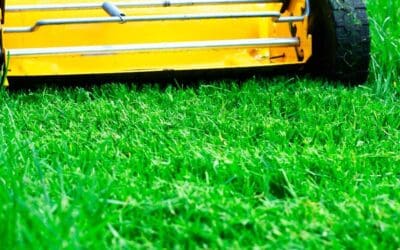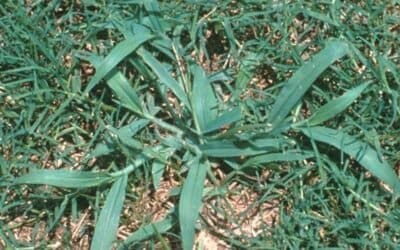Having a lush, green, and healthy lawn is the goal of many homeowners. However, when a fungus is present in your lawn turf, it can be a significant headache. It can take away from the beauty of your outdoor space and lead to further damage. Unfortunately, turf fungus can quickly transform that beautiful lawn into a patch of yellow or brown spots. The signs of turf fungus can appear in many shapes, sizes, and colors, and addressing it can be a complex problem. The good news is that there are several measures you can take to minimize the effects of the existing fungus in your lawn and hopefully prevent it from totally trashing your turfgrass again.

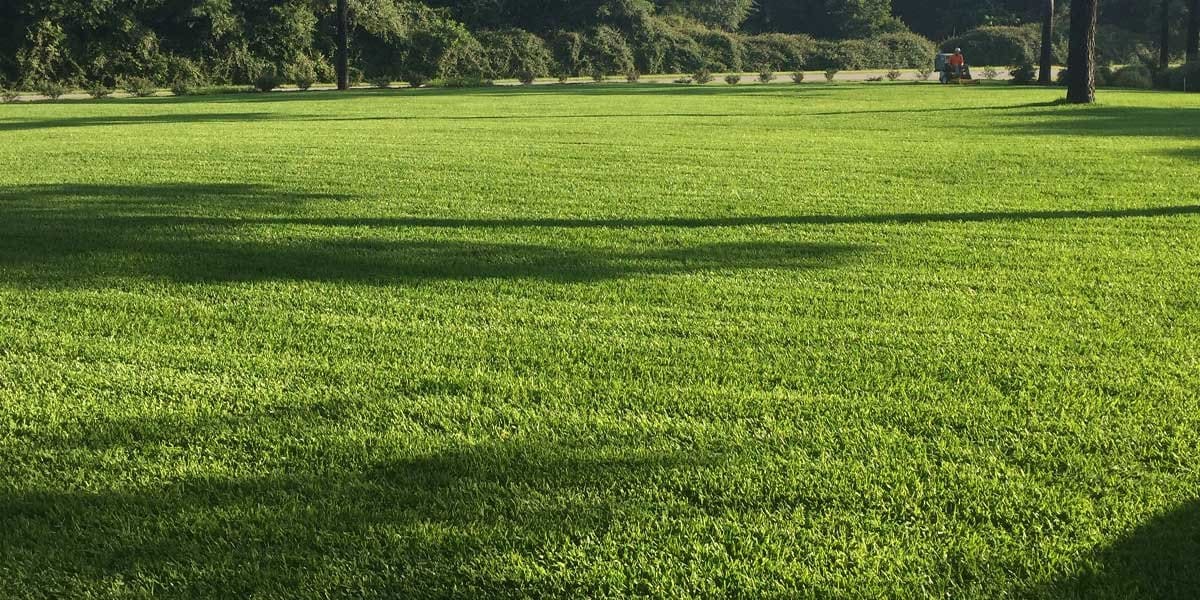
If you notice signs of a fungus infection in your lawn, it may be time to consider professional fungicide treatments. Turf fungus can spread quickly and, if left untreated, can cause lasting damage to grass and other plants in your landscape. Therefore, if you notice signs of fungus in your lawn, it would be beneficial to understand the implications and potential treatments available. Professional chemical fungicide treatments may be necessary, depending on the severity and type of fungus present. Fungicides are specialized products designed to control the growth of fungi on grass and other plants.
When turf fungus is already present, or there is a known issue with fungus affecting your lawn at certain times, fungicide treatments may be needed to deal with these issues. Some types of fungicides can be purchased and applied directly by you. However, for the professional grade fungicides (which honesty will work better), you’ll require a professional applicator who can purchase and correctly apply them.
Chemical Fungicides – Not Always
Not all fungus problems will need to be treated with chemicals. Sometimes simply stepping back and looking for the cause is helpful. If we can handle the problem’s source, that will often do the trick to minimize the detrimental effects of the fungus on your turf. I always recommend considering the non-chemical solution first. For example, we may need to consider whether the turfgrass is getting too much water or fertilizer. Is there an overabundance of organic matter or shade that is having an effect? Turf fungus problems can be a tricky thing to manage.
Turf fungus can be a significant problem for homeowners. Unfortunately, turf fungus problems can be a tricky thing to manage. Not only do they make your lawn unsightly, but they can also damage your grass’s health if left untreated. Thankfully, there are ways to address the issue without always relying on fungicide chemical treatments. We will explore how homeowners can effectively manage and guard against turf fungus wreaking havoc in their lawns without using chemicals in every case. In addition, we’ll look at how different cultural practices can help keep turf fungus from establishing itself on a lawn and how natural, non-chemical treatments for existing problems can help protect grass from damage.
Landscaping professionals know that the appearance of fungus on grass can be an eyesore, but it doesn’t always have to mean an expensive treatment with chemicals. Many people think that the only way to treat turf fungus is with chemical treatments; however, this isn’t always the case. Turf fungus problems can often be managed without the use of fungicide products. You can help guard against turf fungus taking over your lawn with a few simple steps and maybe avoid some chemical fungicide treatments. There are simple strategies we will share (in future posts) for managing turf fungus that doesn’t involve chemical treatments.
